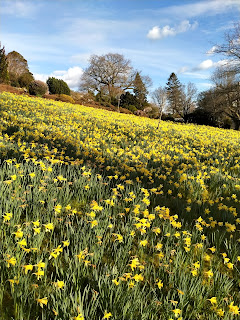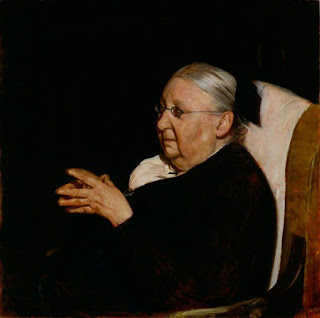The Newt and Hadspen Garden

Astrantia Hapsdens Blood Are you wondering what The Newt, who are sponsoring the 2023 Chelsea Flower Show, is? Hadspen Garden Hadspen has been a noted garden since the 17th century. A superb two hectare south-facing site built upon the original kitchen garden for the house and set against a backdrop of mature deciduous woodland. In the middle years of the 20th century , Penelope Hobhouse, one of our most distinguished garden writers and designers, lived there and made a garden that was the subject of her first book, The Country Garden. The original nursery was established by Penelope Hobhouse and Eric Smith, (plantsman and breeder). A number of famous varieties including Anemone, Astrantia, Hellebores, Brunnera and Hostas were bred and many still bear the Hadspen name. The garden was opened to visitors in 1970. A couple of decades later, two Canadian horticulturalists, Nori and Sandra Pope, explored and experimented with colour themes in the parabola‑shaped walled garde








